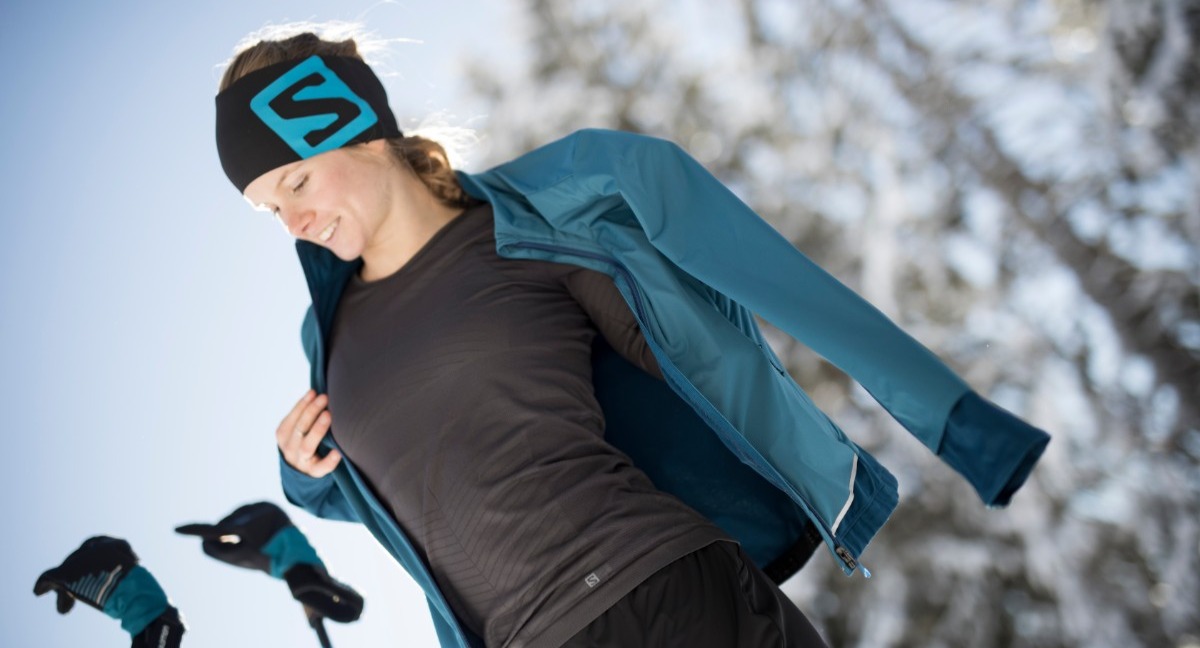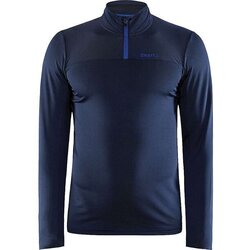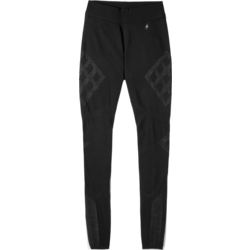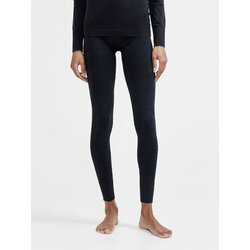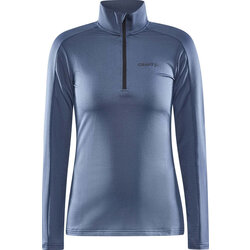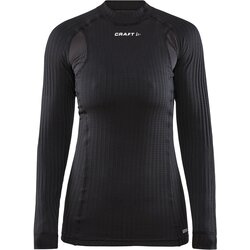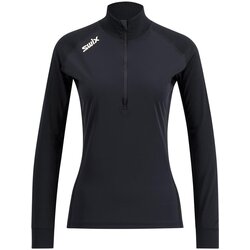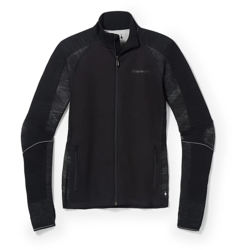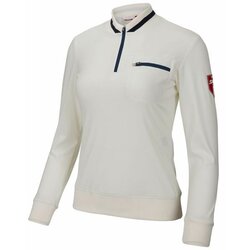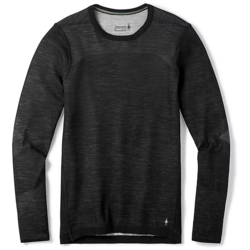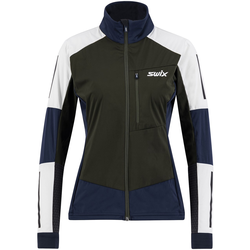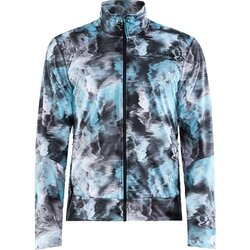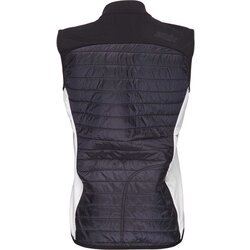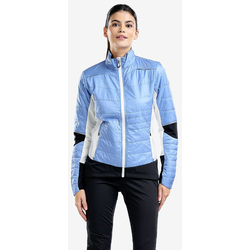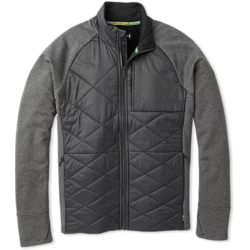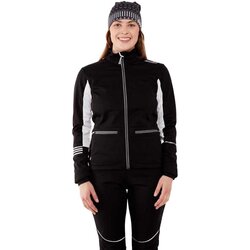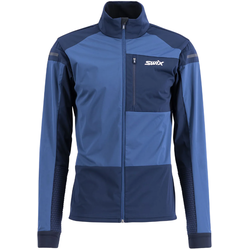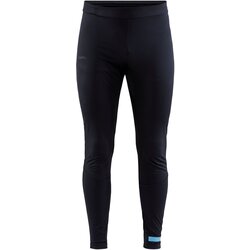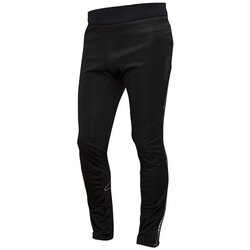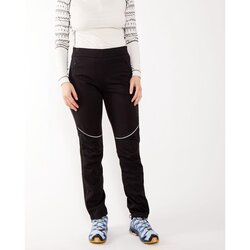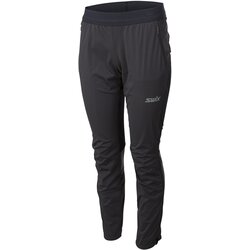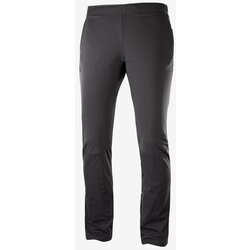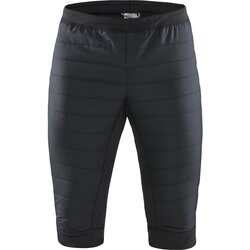How to Properly Dress in Layers with the Three-Layer System
When XC skiing, you need to protect yourself from the elements (snow, wind, cold temperatures, sleet, rain, etc) by means of good heat and perspiration management. The three-layer-system helps you choose the right clothes while taking into account the weather conditions and the sport intensity. Three layers of clothing will keep you dry and warm: a base layer for removing moisture, a mid-layer to keep you warm and an outer layer to protect you from the elements.
Breathable Base Layer for Wicking Away Moisture
When we exert ourselves our body temperature increases. To prevent overheating, our body's response is to perspire. The evaporation of sweat on the surface of our skin cools our body down. When sweat comes into contact with the air, which is usually colder, the water vapor condenses and turns into water on the skin's surface.
A wet t-shirt, especially if it is made from an absorbent material like cotton, will make you feel cold as soon as you stop exercising or even during, due to the moisture that stays in contact with your skin.
The aim of a base layer worn next to your skin is to wick sweat away so that you stay dry.
When cross country skiing you need a base layer that removes moisture, so forget the famous cotton t-shirt which is very absorbent and takes a long time to dry!
Synthetic materials like polyester or polyamide are water resistant: they don't absorb water. Any moisture moves towards the outside of the clothing so it isn't in contact with your skin. Wearing a top made from a synthetic material allows your body to regulate its temperature without feeling cold. These materials also dry very quickly.
There are also base layers that are made from merino wool. Wool can absorb up to 33% of its weight in water, so why do we use it as a base layer? This really absorbent material prevents perspiration from staying in contact with your skin and even wet wool is a good insulator. Lastly, wool prevents odors from developing so you don't have to wash your merino clothes after each wear. Base layers made from merino wool are therefore particularly useful for low-intensity exercise or multi day ski trips.
There are also materials that are a mix of synthetic fibers and wool. They allow you to make the most of their respective qualities combined in one outfit.
Insulting Mid-Layers to Keep you Warm
A mid-layer will protect you from the cold by conserving the heat generated by your body.
The ability of the fibers to keep the air locked in is what makes it an insulating layer. The more air it locks in, the more your clothes will maintain your body heat.
Adapt your mid-layer to your warmth requirements:
- Warm temperatures or high intensity exercise: in these conditions you can go without a mid-layer. However, remember to put a warm layer in your backpack to use if you stop and get cold or if there is a change in the weather. This is a great option for skate skiers or warmer spring days!
- Cool weather conditions: a lightweight mid-layer is ideal as it combines some warmth with good moisture removal qualities. The key in cool conditions is to prevent overheating, so opting for a thin synthetic mid-layer or wool mid-layer would be ideal.
- Cold conditions: Fleece mid-layers perform best for the coldest conditions especially when combined with a wind protective jacket.
If you wear a mid-layer that insulates too much, you are going to be too hot and sweat a lot. When wet, your mid-layer will lose its insulating qualities and all the accumulated moisture will increase the feeling of cold.
A Jacket to Protect from the Elements
When protecting ourselves against the elements during XC skiing workouts, there are two things to consider: Ventilation and Wind proofing. Many people will automatically gravitate towards the kinds of waterproof jackets worn during downhill skiing, however these jackets often loose out on offering XC skiers ventilation causing them to overheat.
Water-repellent clothing, also called softshell, is very flexible and feels nice to wear for XC skiing. It is breathable so sweat is removed when you exert yourself. If the weather conditions deteriorate, the water-repellent treatment on the outer shell of the material, or in some cases on all of the membrane, will be enough to protect you from light rain or a quick rain or snow shower. Often these jackets will have mid-layer like material on the back or under the arms to promote ventilation.
High intensity skiers should opt for jackets with lots of ventilation and very little insulation built in to their jacket. Those properties allow the skier to pick the appropriate midlayer/baselayer combination to suit their workout and the weather conditions.
Recreational skiers can opt for a jacket that includes some built in insulation especially if they tend to get cold easily or are stopping to take breaks during their ski. The extra warmth provided by an insulated softshell will help prevent the chills from setting in.
Pants and Tights
Often the layering for your legs is easier, as it is a two piece layering system. A baselayer is still necessary to keep sweat away from your skin but there is no need for a midlayer.
Outerwear comes in two options, either pants or tights, and often preference is determined by look as they both come in a variety of insulation weights. Tights can often be found in very thin options for racing, warm weather or high intensity skiing. Warmer bottoms will often be best for cold weather or more relaxed skiing days if you tend to get cold.
In the coldest of conditions there is the option of adding another layer over your ski pants or tights, either insulated shorts or skirts. These articles of clothing are insulated to keep your thighs warm even on the coldest, windiest, -40 days!
Adapt your layering to the weather conditions
The layering system encourages the removal of perspiration as well as protection from the elements. It can accommodate all eventualities. On the same day, the weather conditions or your requirements can change (a drop-in exercise intensity, deterioration of weather conditions, coming of nightfall). Remember to adjust your layers taking into account all of these factors and be prepared by making sure you take everything you'll need with you.
Manage the cold and wind when skiing
When XC skiing, and for the majority of winter sports, protecting yourself from the cold and wind is essential.
No mid-layer for XC skiing in warmer weather
When it's warmer, you will only need to remove perspiration. Just a technical base layer will be suitable. An outer-layer will likely be necessary to protect you from the wind but you can go without the mid-layer as you won't need warmth. In the warmest of spring skiing conditions, a wind-proof vest may be all that is needed alongside your baselayer.
